We use cookies to make your experience better. To comply with the new e-Privacy directive, we need to ask for your consent to set the cookies. Learn more
Horse care : How to avoid Bot flies.
Botflies or bots are a pest to your horse but not as much of a nuisance as other insects. The botfly does not bite like mosquitoes, deeflies and gnats. Their main purpose of existence is to mate and lay eggs. Though they can be benign, these pests are undeniably troublesome for most horse owners. While other types of flies bother horses by biting, botflies bother horses so they can lay their eggs. The trouble starts the moment the eggs hatch into larvae. They then travel to the horse’s small intestine or stomach and become internal parasites.
Botfly larvae are not considered as notorious as the strongyles or roundworms. However, if they do grow in large numbers, they can cause mild colic and intestinal blockages.In some rare cases perforation of the stomach which can be fatal. Fortunately, bot larvae infestations can be controlled with the help of equine dewormers and smart preventive measures.
How the Botfly Gets in Action
Bot flies lay their eggs on different areas of the horse's body preferring moist areas.The adult bot fly looks much like a honeybee and its eggs are round and small and yellow in color. These eggs adhere securely onto the hairs of the horse and are easily spotted when they are on dark-colored horses. When the horse bites or licks the spot where the eggs are laid the egg will hatch. Consequently the egg will be ingested through the licking process.
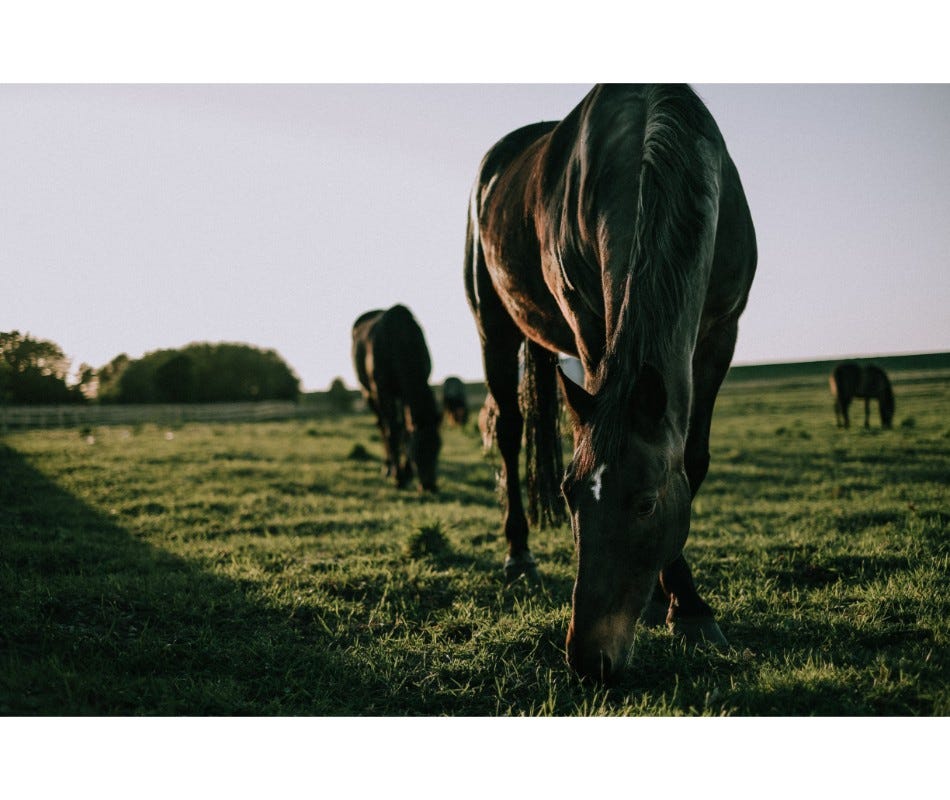
In this manner, the larvae can hitch a ride inside the horse’s mouth where they can stay for about four weeks before they move on to the digestive tract. The larvae have affinity for the stomach using their mouth parts as hooks to adhere to the stomach lining. The larvae remain inside the stomach for about 8-10 months until they become mature and are excreted through the manure. On the ground, these larvae can burrow deep where they become adult flies. This cycle completes from one season on to the next. An adult bot fly coming out of the burrow is a sign of a fresh cycle. In the northern hemisphere bot flies are more prevalent from Spring until Fall.
Getting to Know the Three Types of Botflies
Gastrophilus nasalis or the throat bot- the eggs of this type of botfly are deposited on the neck or beneath the horse’s jaw, giving them easy access to the mouth.
Gastrophilus haemorrhoidalis – this rare type of botfly lays its egg around the lips
Gastrophilus intestinalis – this is the common type of botfly that lay its egg on the horse’s body, which will be transported inside the horse while grooming itself.
You may tell that your horse has been deposited with bot fly eggs if you observe that it is licking its stomach and legs more often or is rubbing its face or biting any objects to relieve the irritation inside the mouth.
Ulcers may start to form inside or around the mouth resulting from irritation. Horses may also exhibit symptoms such as poor appetite and abdominal pain, which could mean that the bot larvae come in large numbers and have already caused blockage.
How to Detect and Assess Severity of Bot Infection?
With the help of your veterinarian through a fecal examination, bot infections can be diagnosed. The fecal test allows your veterinarian to check if there are eggs passed through the manure. Examining the horse’s body closely can also come up with a definitive diagnosis. The color of the eggs makes them easily detectable in most horse breeds.
How to Control Bot Infections?
Treatment of bot infections starts by controlling the life cycle of this pest. This means that the eggs should be picked out from the horse’s skin. A bot knife is a grooming tool used for such purpose and it can easily scrape off the horse’s skin to remove the eggs in a manner that does not harm the horse. Daily grooming of horses during the fly season can help reduce larvae population ingested by your horse.
Spraying your horse with fly spray during summer also helps control the bot’s life cycle. Other measures to control flies during this season can help protect your horse not only from bots but also other flies and insects. Keep your grounds clean and free of manure pile to avoid attracting flies.
Deworming is the best defense against the bot fly larvae in the horse's mouth and stomach. The dewormer you use should contain either moxidectin or ivermectin, as they are the only active ingredients that effectively deal with bots. Consult your veterinarian on correct dosage of dewormers intended to fight bot infections.
Life with Bots Flies
Bot flies are typically harmless compared to other parasites found in horses. However, they must also be controlled so they will not pose a serious threat to the horse’s health. Whether you want to buy the best fly repellent available or you want to administer a dewormer. The focus should always be on how to break the life cycle as soon as possible before severe infestations occur.

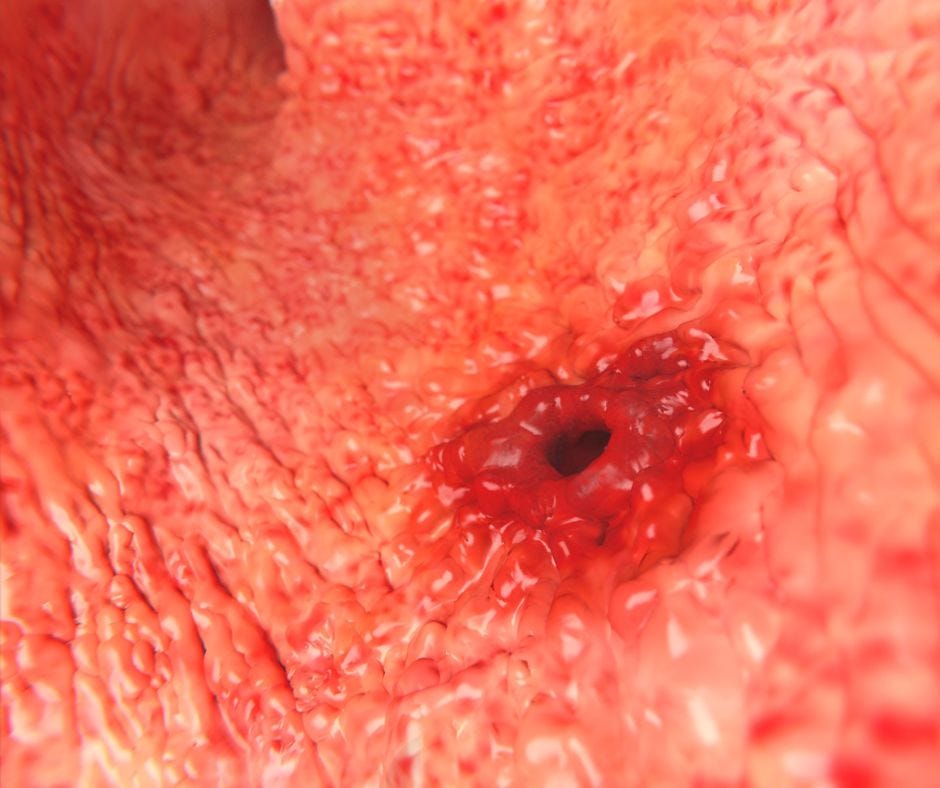
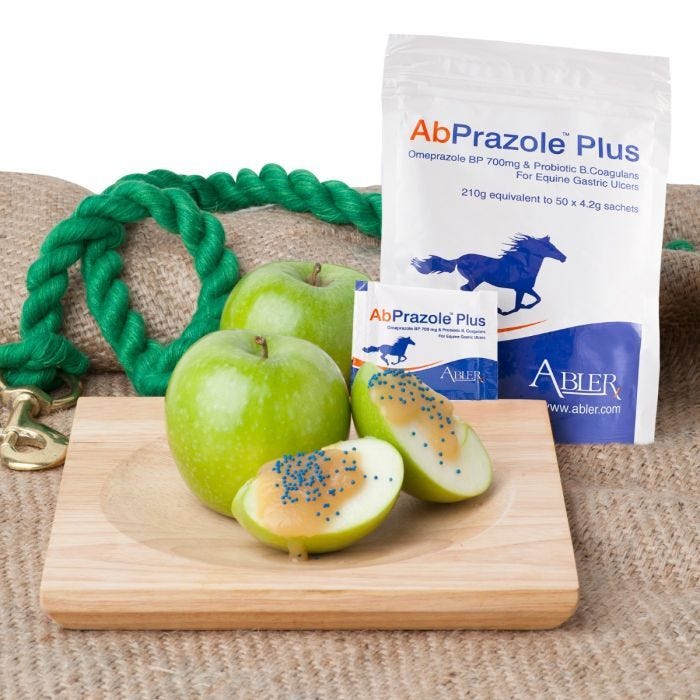
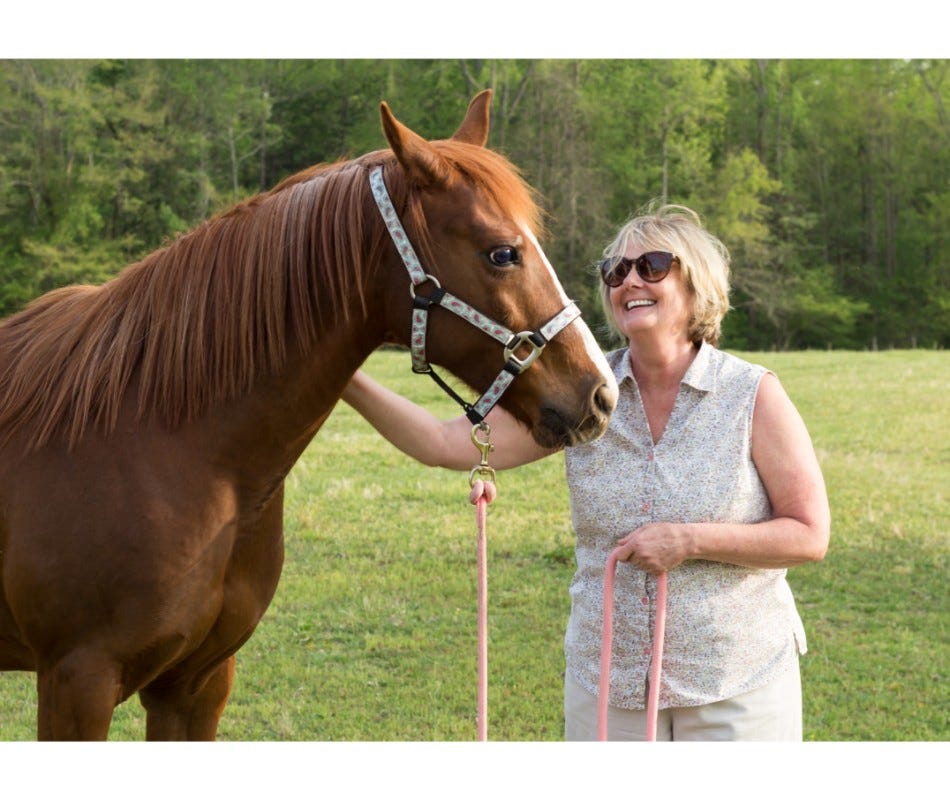
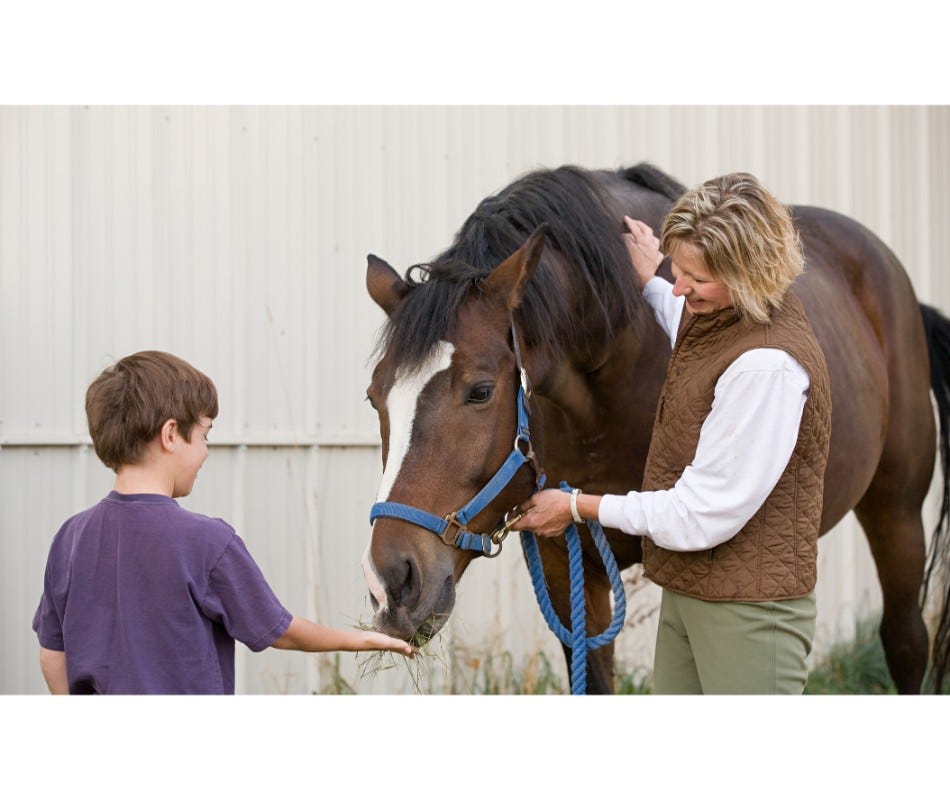
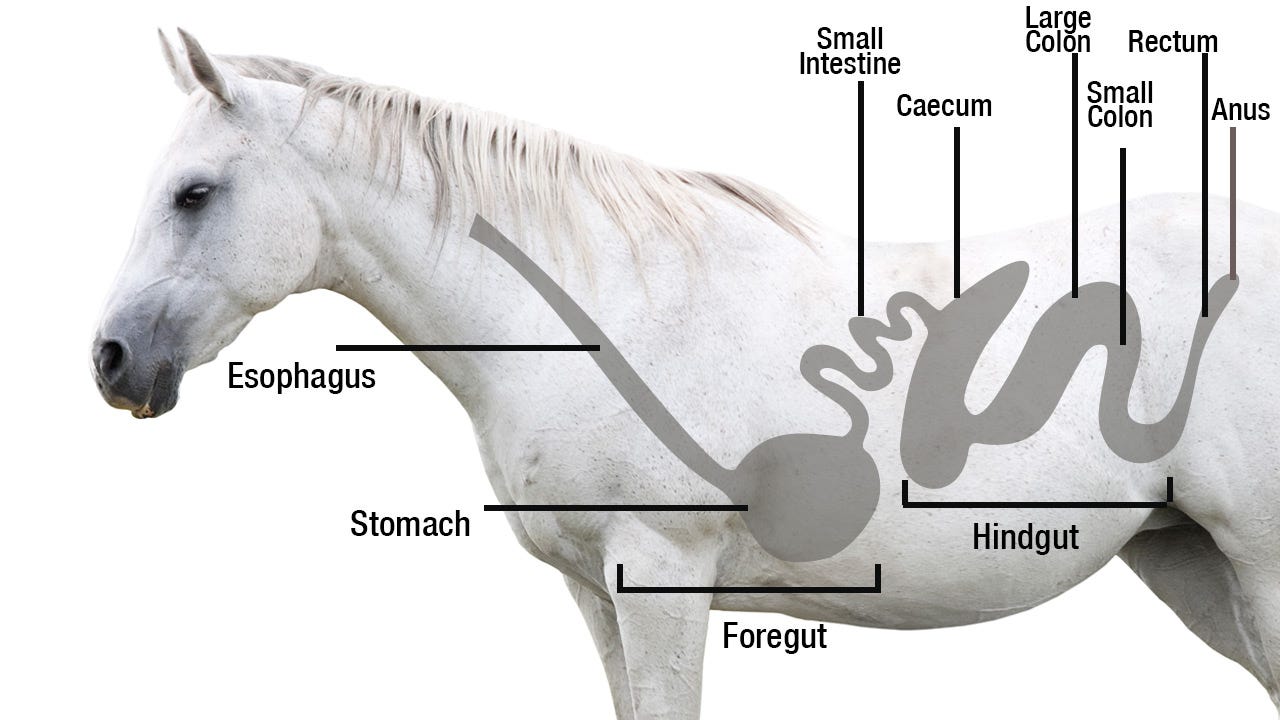
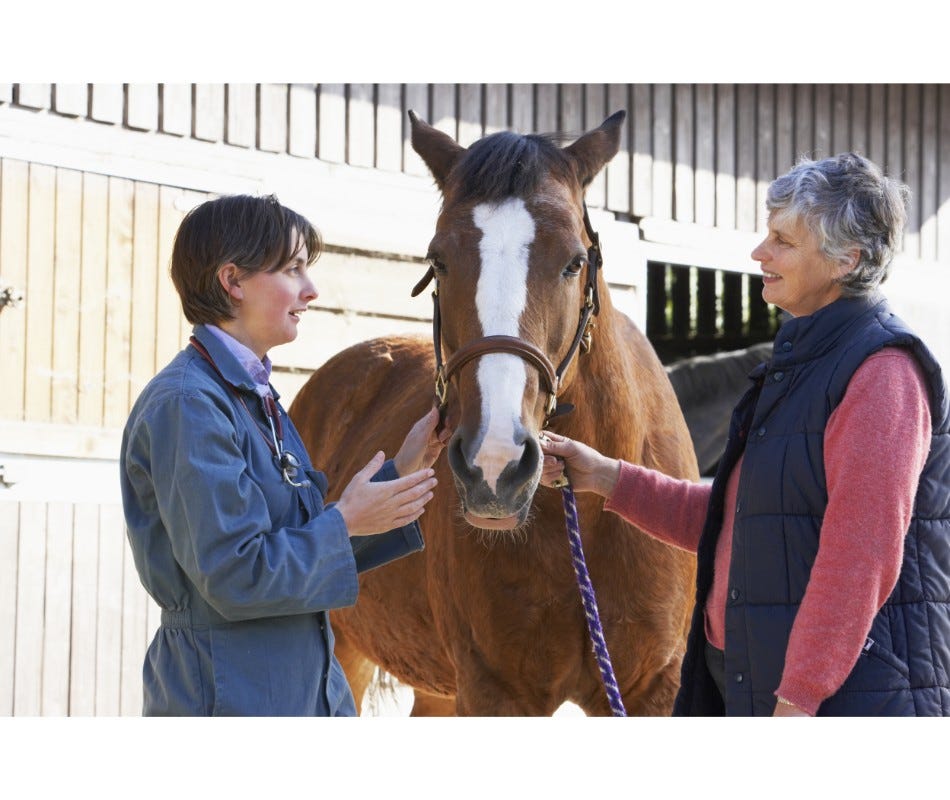
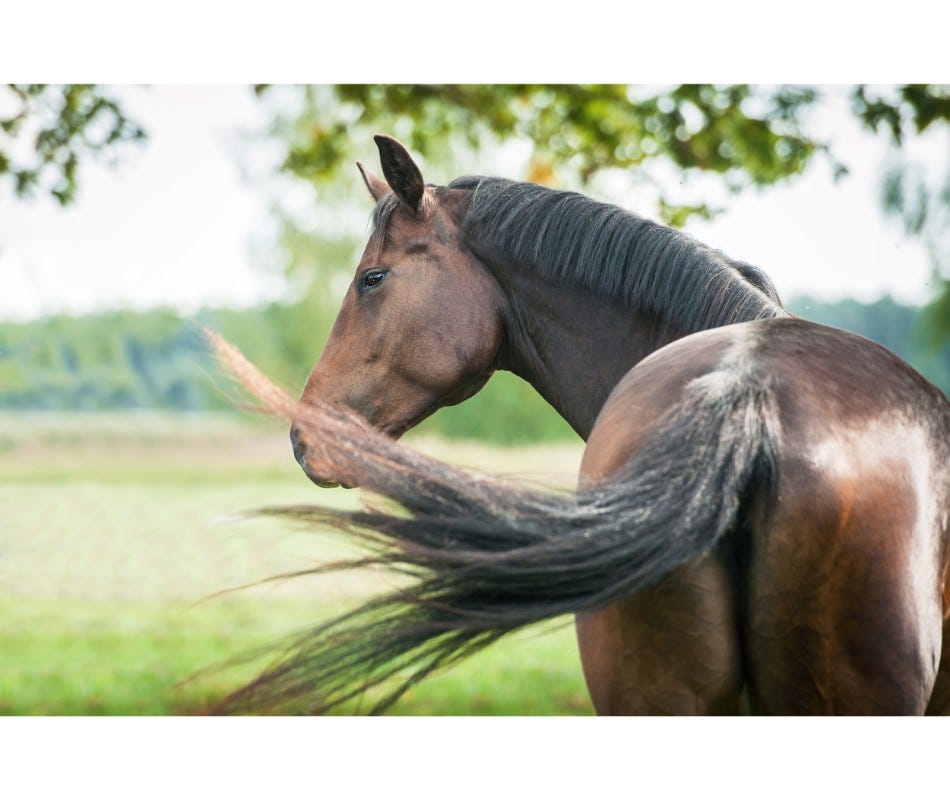
Validate your login